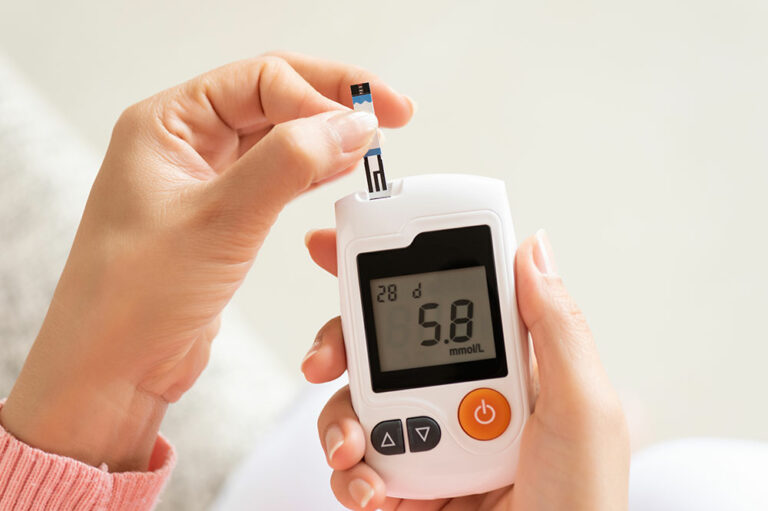
Avoid these 4 mistakes when changing a flat tire
Knowing how to change a car’s tire is an important life skill. One may never know when it may prove helpful in an emergency. Although one may dial for assistance, cellular services are not always reliable where one may be or what the weather is—so knowing how to fix a flat tire may help significantly. However, it is essential to be aware of some common mistakes to avoid when changing a flat tire, such as:
Not placing the jack in a safe spot
It’s essential to keep the car jack in a safe place and not put it anywhere in the vehicle. Most cars have a specific spot underneath where the jack should be positioned, such as a hole near the wheel, a groove, or a depression. If the car doesn’t have a designated spot, the jack must be placed within the car’s frame. To locate the designated spot, lie on the ground and look at the car’s underside. Once you find the spot, place the jack there and slowly raise it until it can safely bear the entire weight of the car.
Leaving the lugs loose
Once the tire is changed and the lugs are replaced, lower down the car using the jack. After this is done, ensure that the lugs have been fitted tightly. Also, make sure while fitting the lugs, it is done in a star pattern. This will ensure that the weight is distributed evenly. Once the car is lowered, tighten the lugs again using a wrench.
Jacking the car early
When changing a flat tire, it is essential first to set the emergency brake. The trunk should not be opened until the emergency brake is securely placed. Loosen the lugs on the flat tire before jacking and lifting the car. Otherwise, the tire may spin, making it challenging to loosen the lugs.
Changing the tire on an incline
When changing a flat tire, the car must be parked on a flat and level surface. Never lift the car on any inclined surface. Also, it is not safe to park the car on an uneven shoulder part of the road. On any uneven surface, there is always an impending risk of the car falling off or rolling down.







